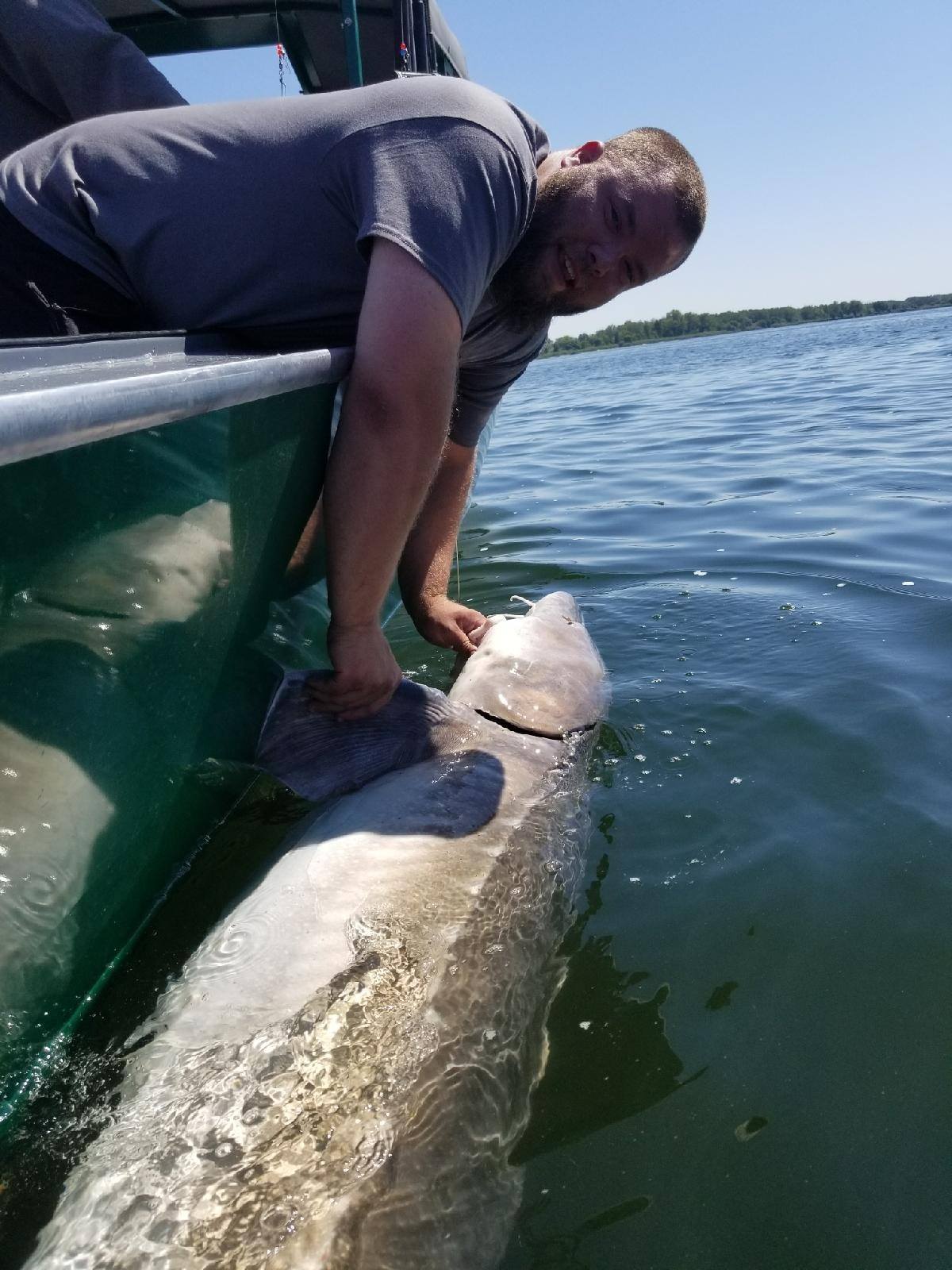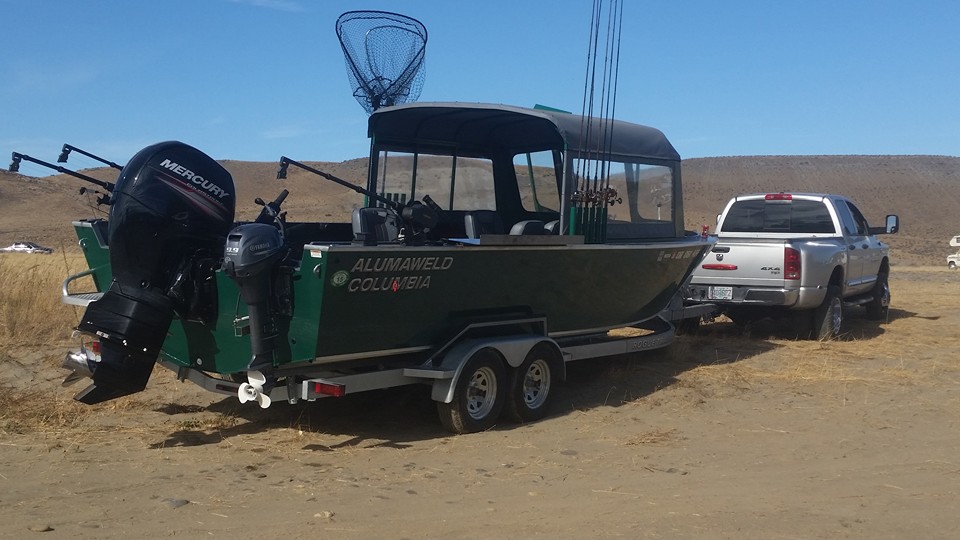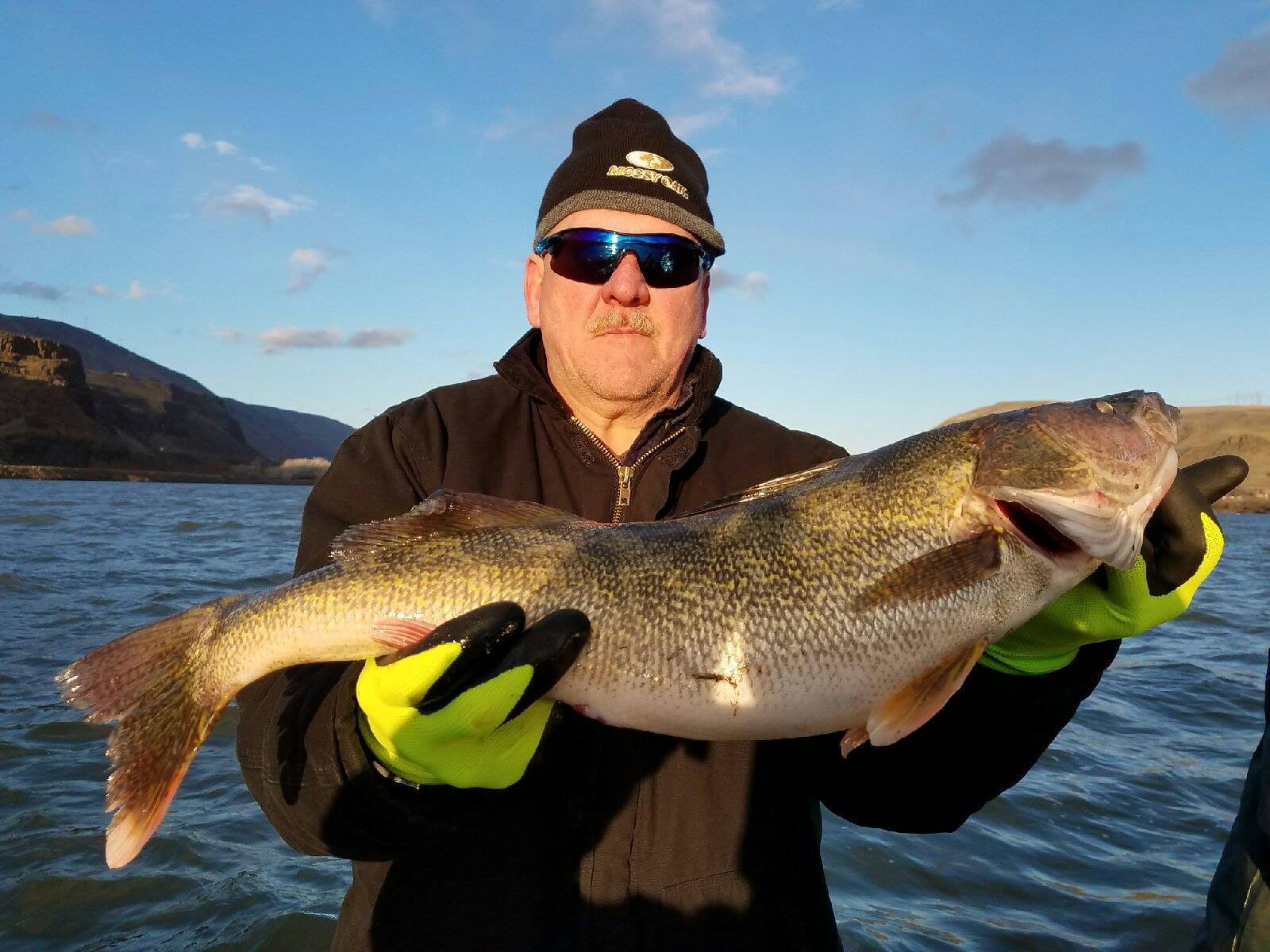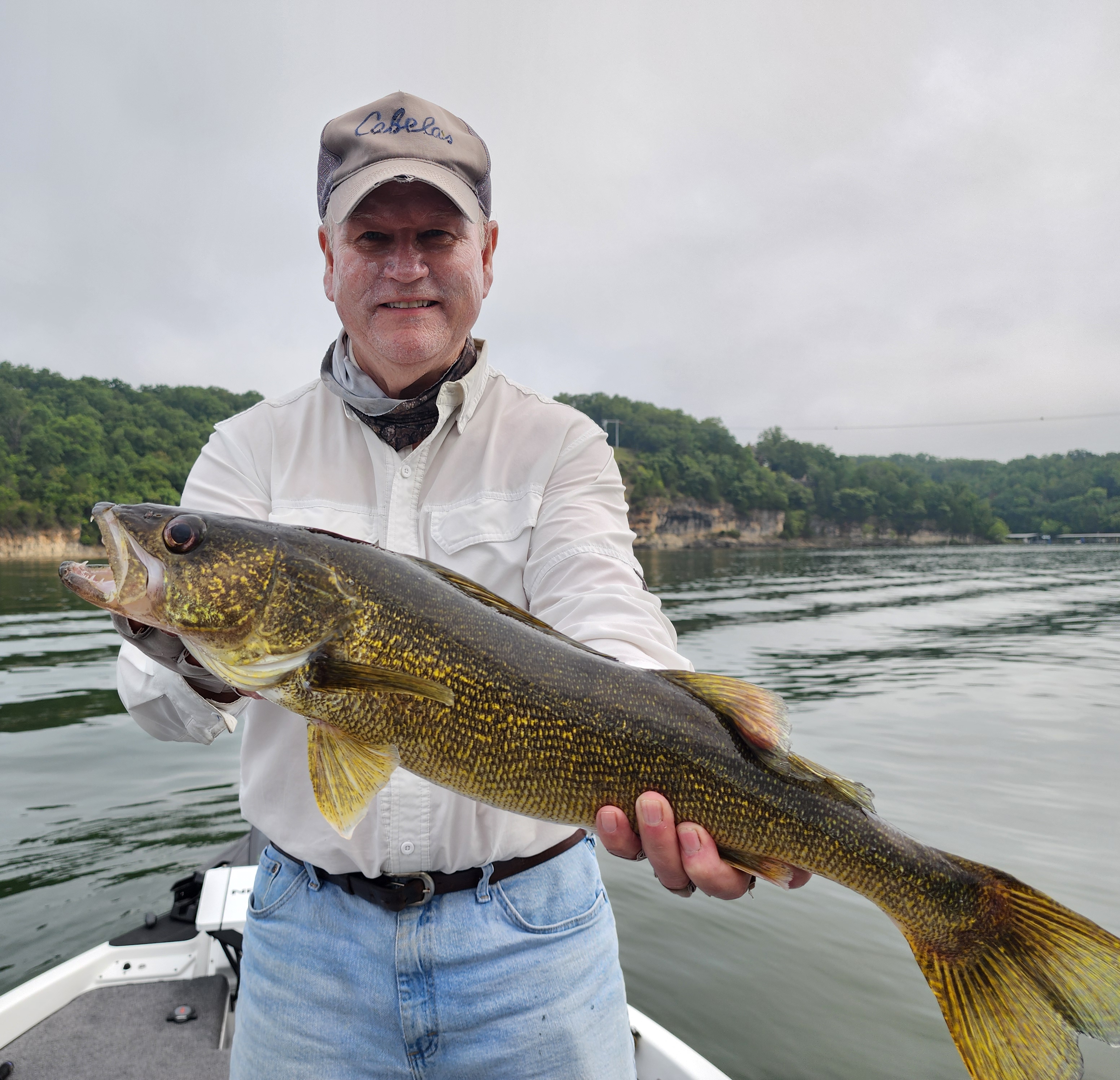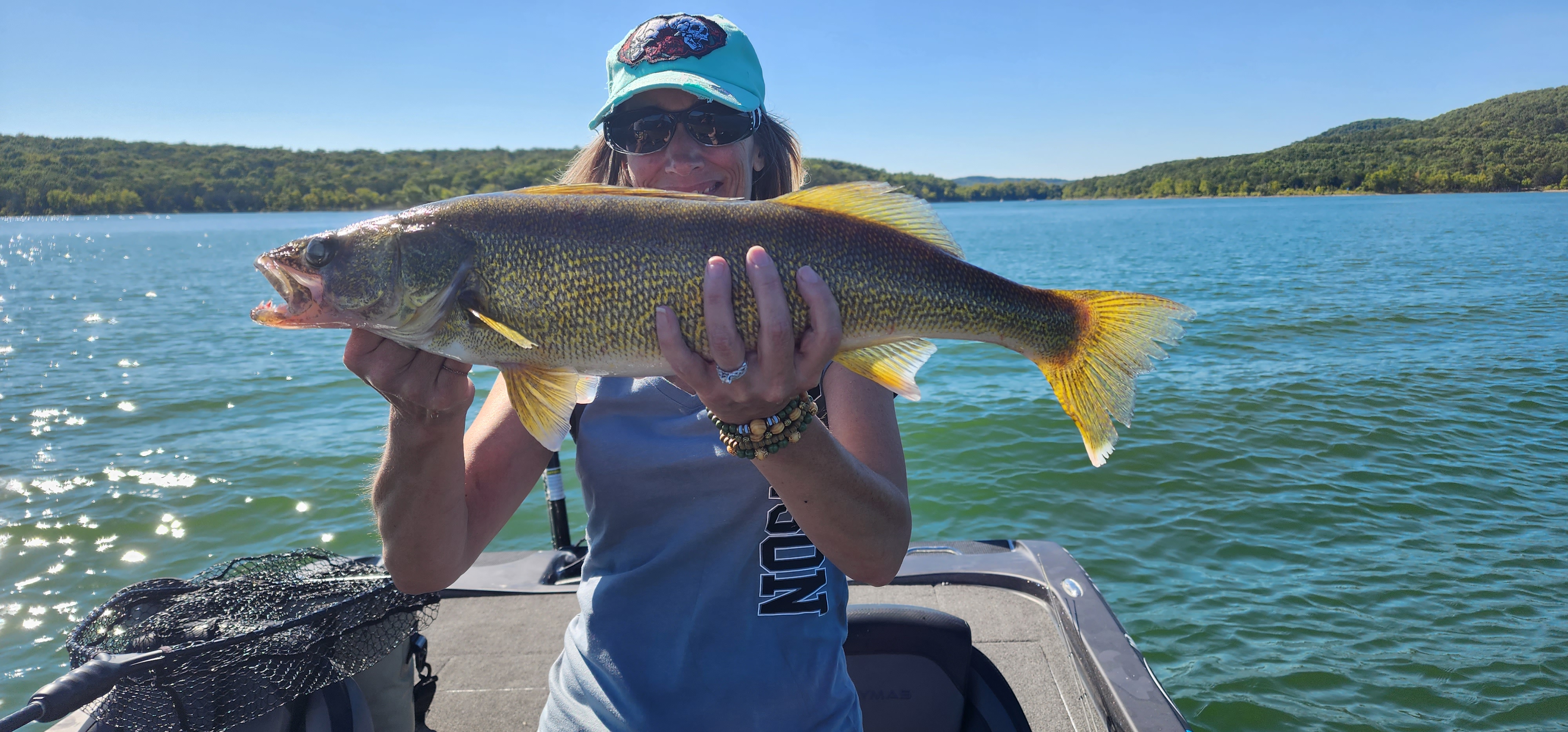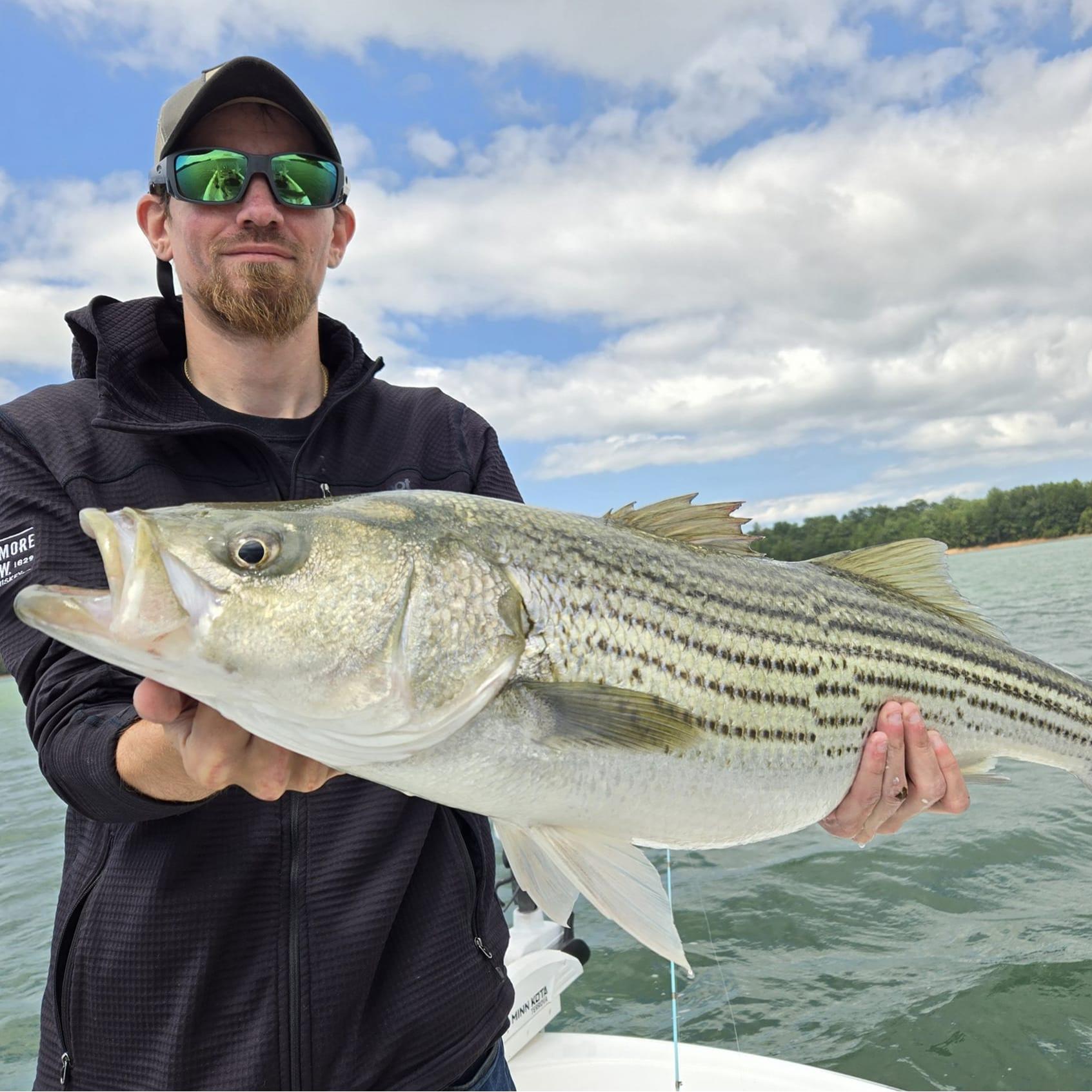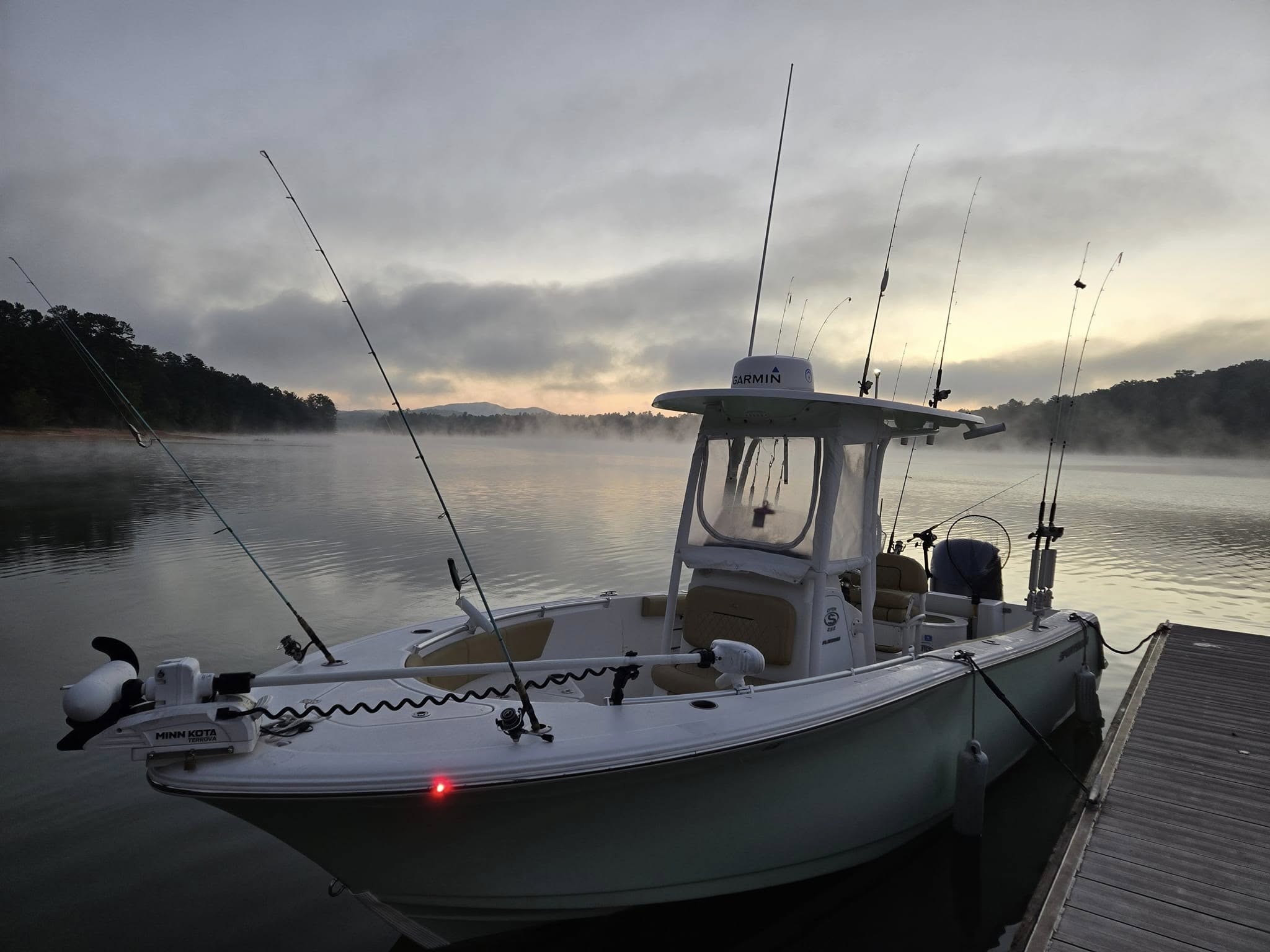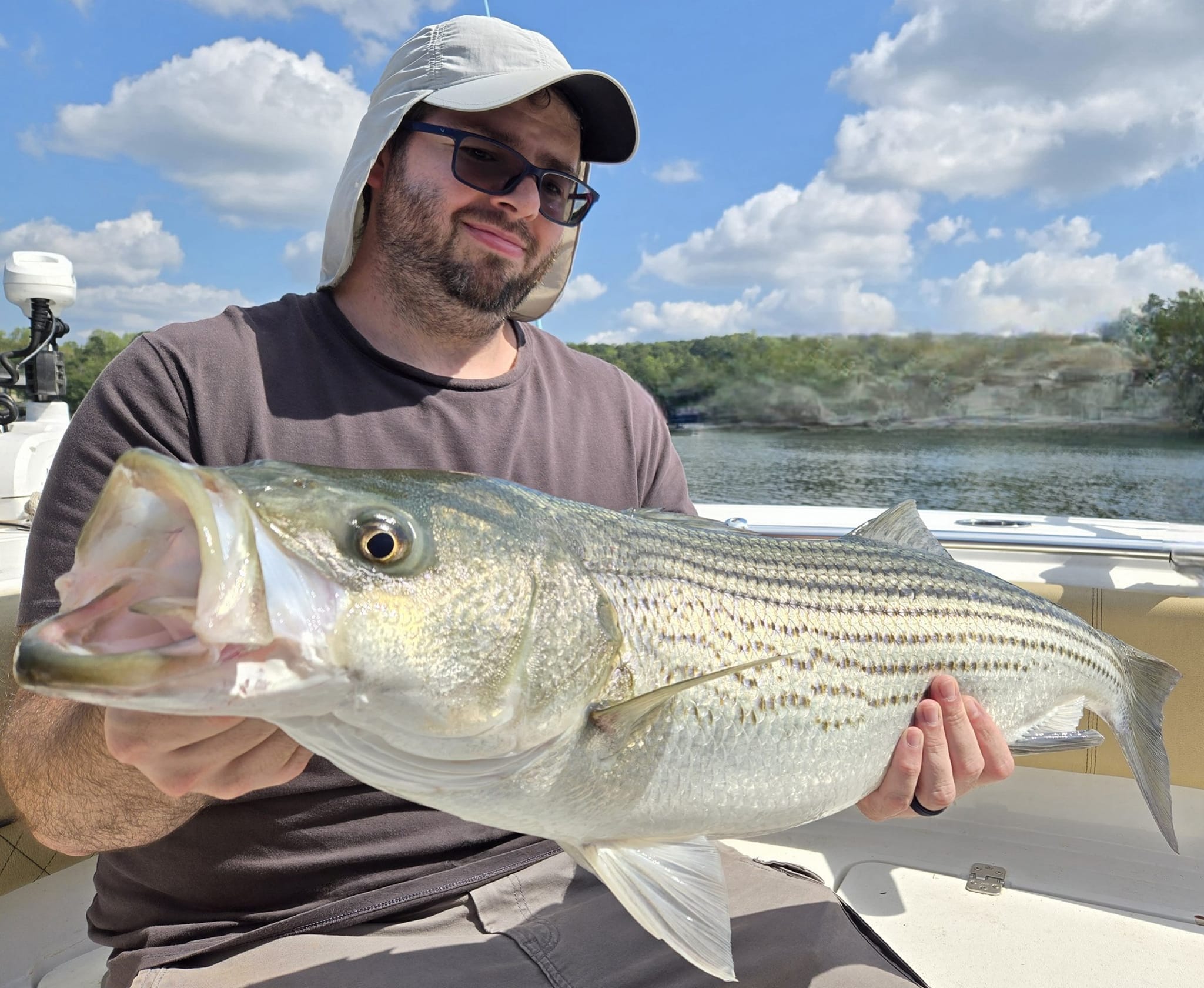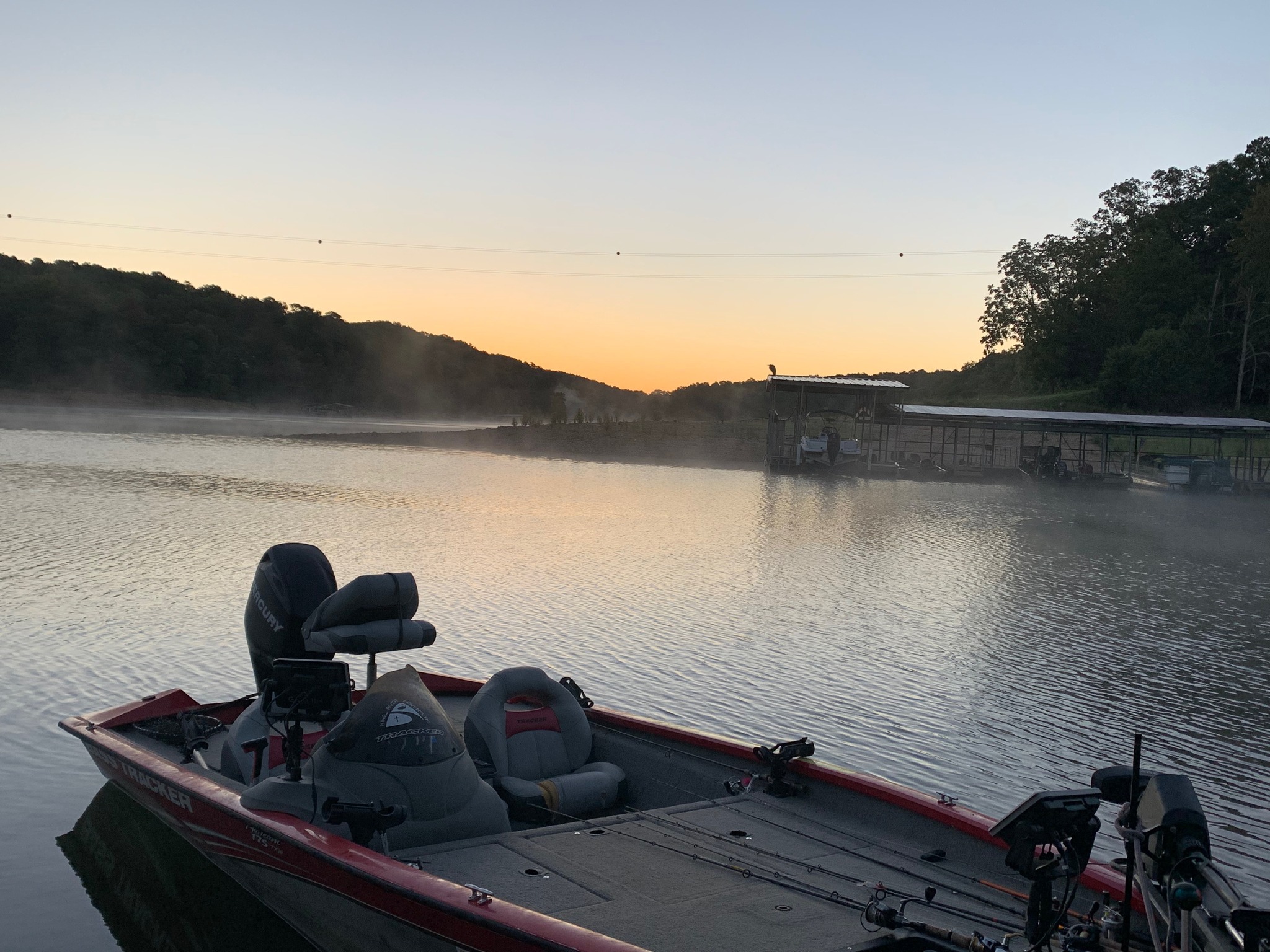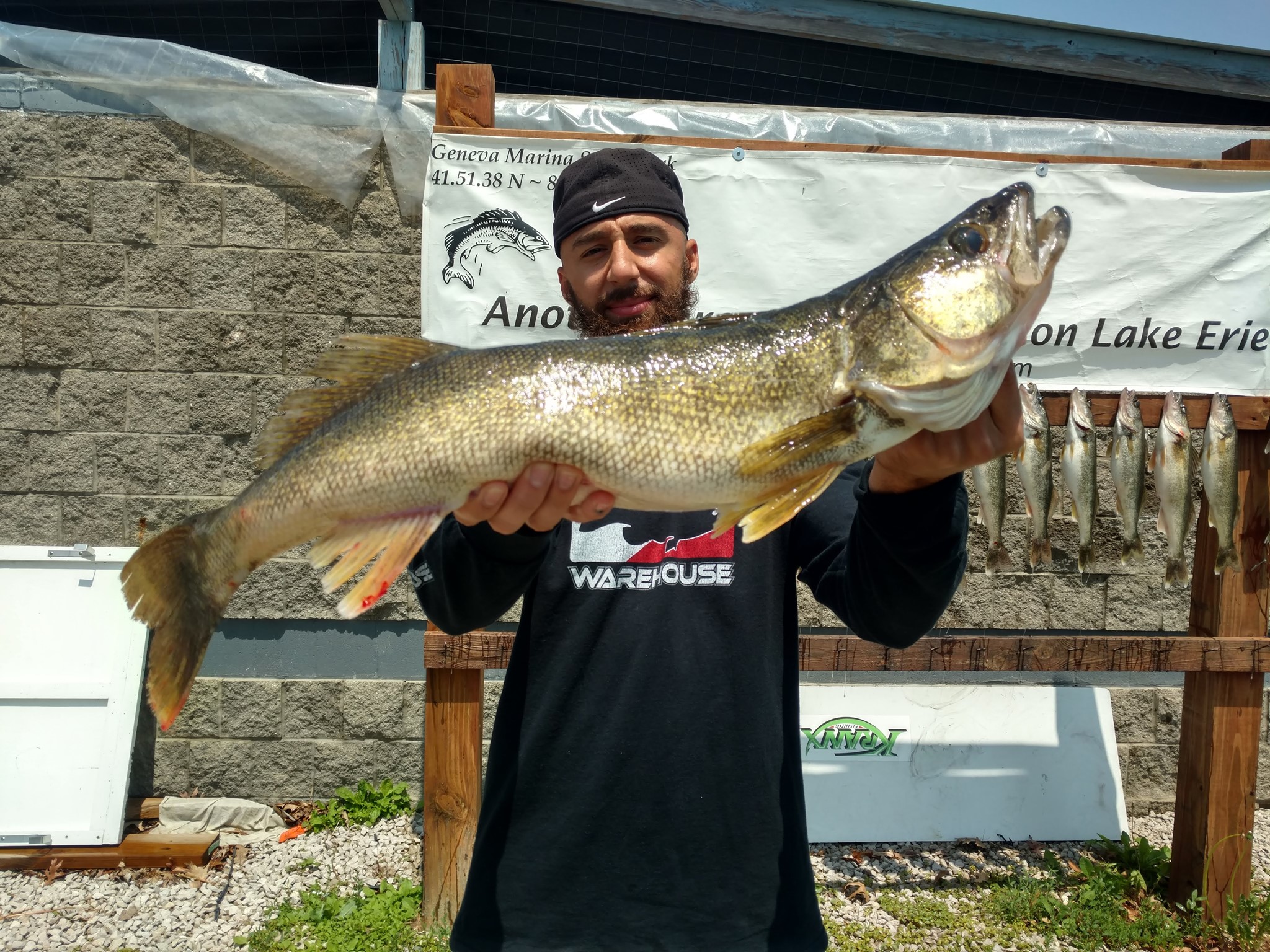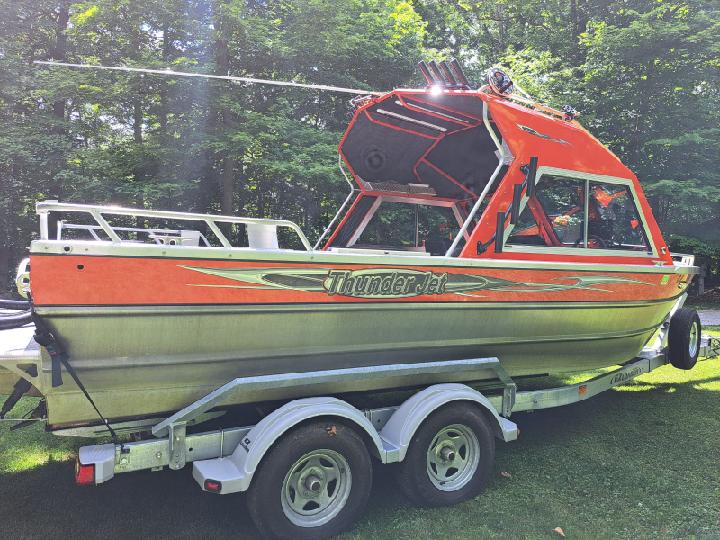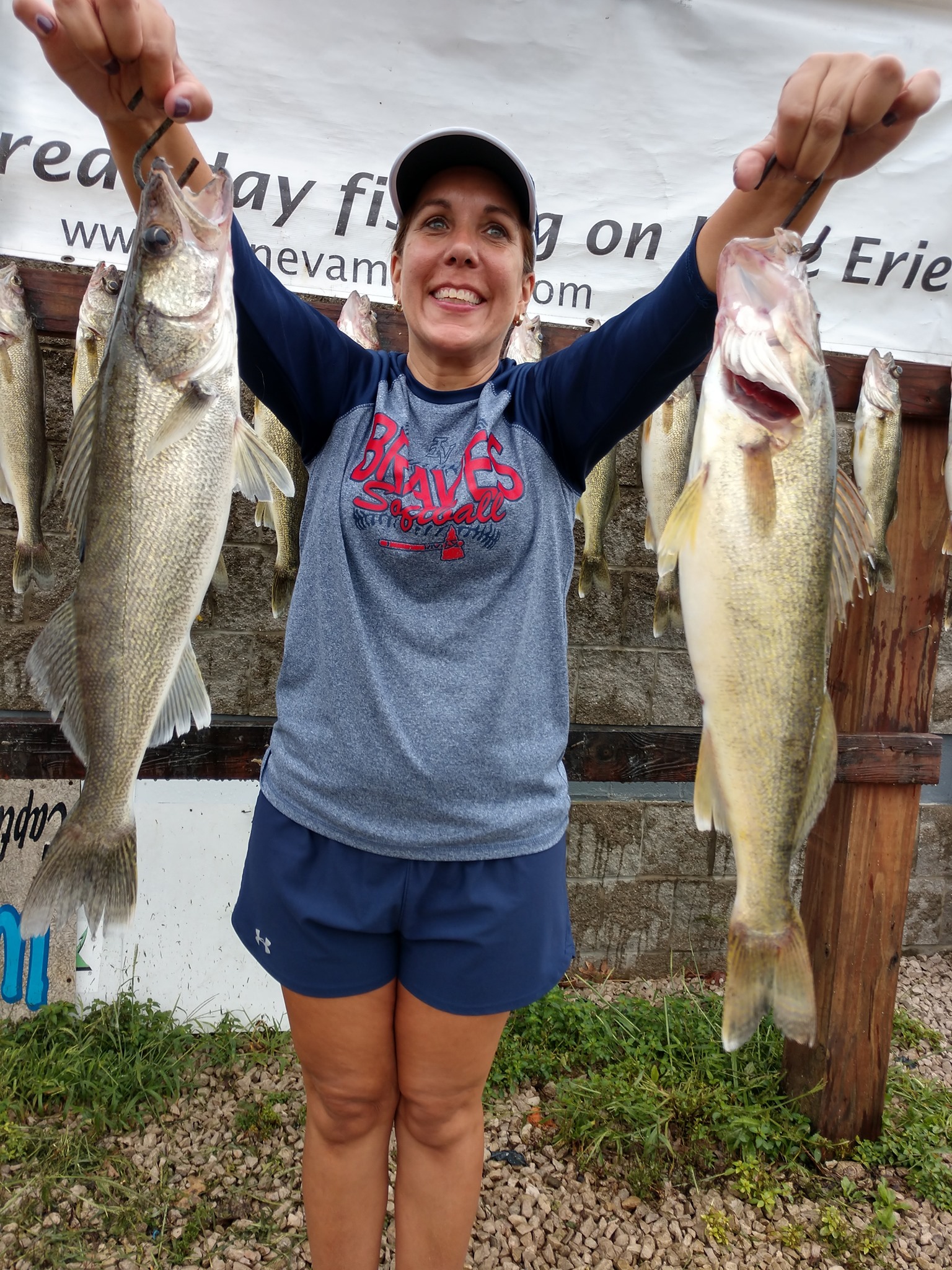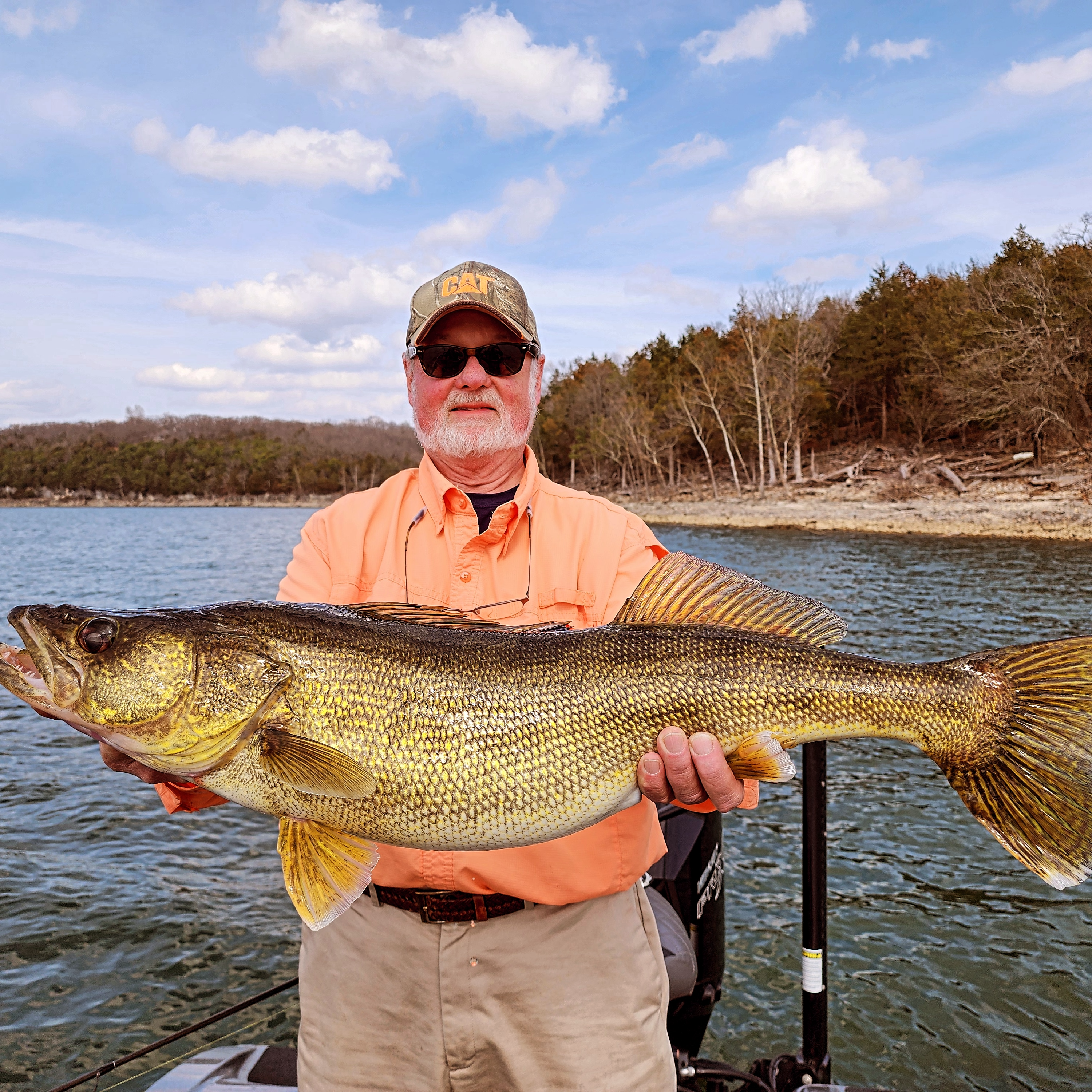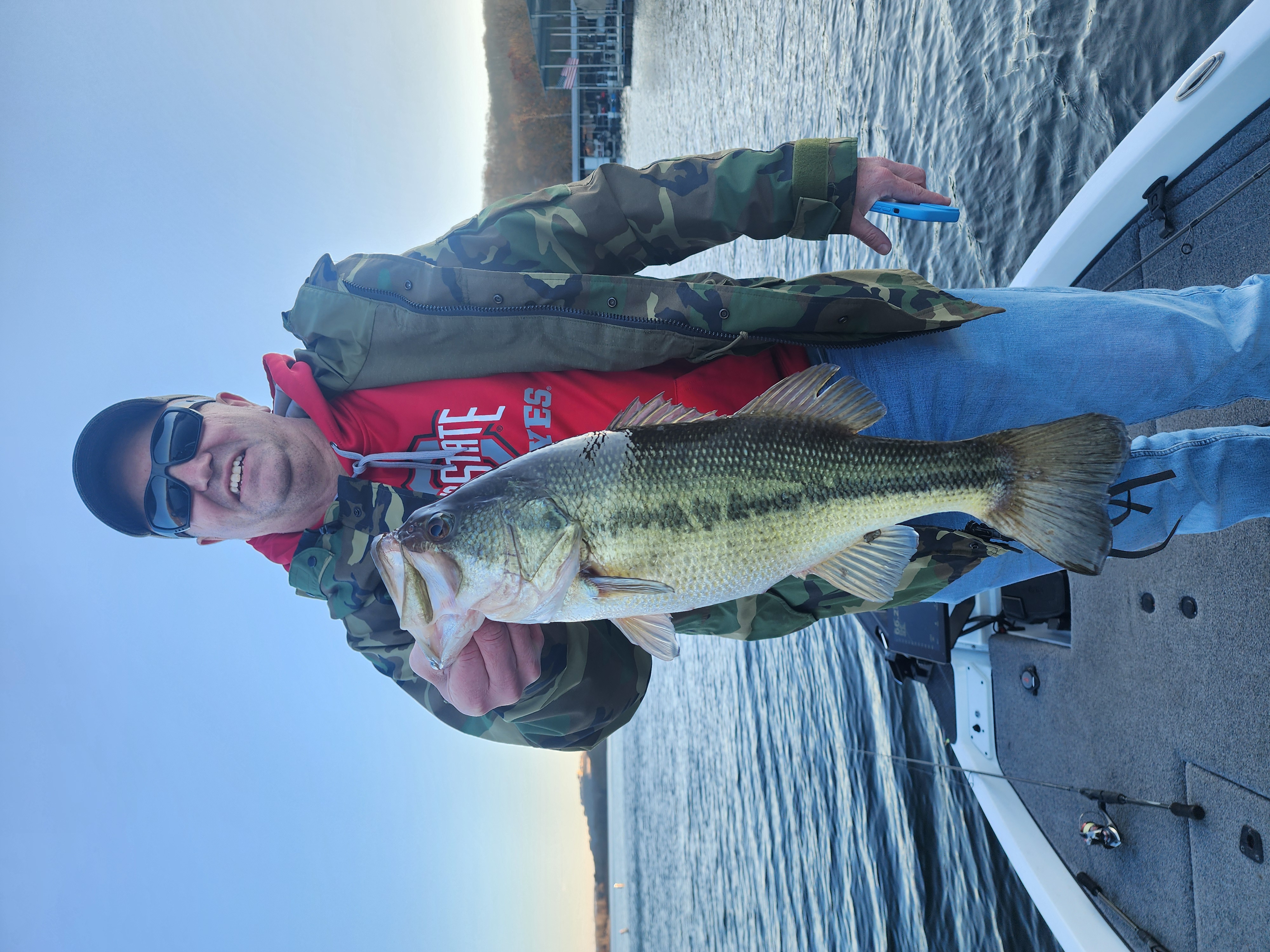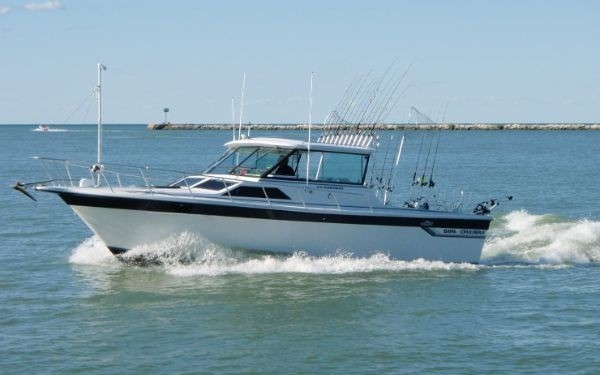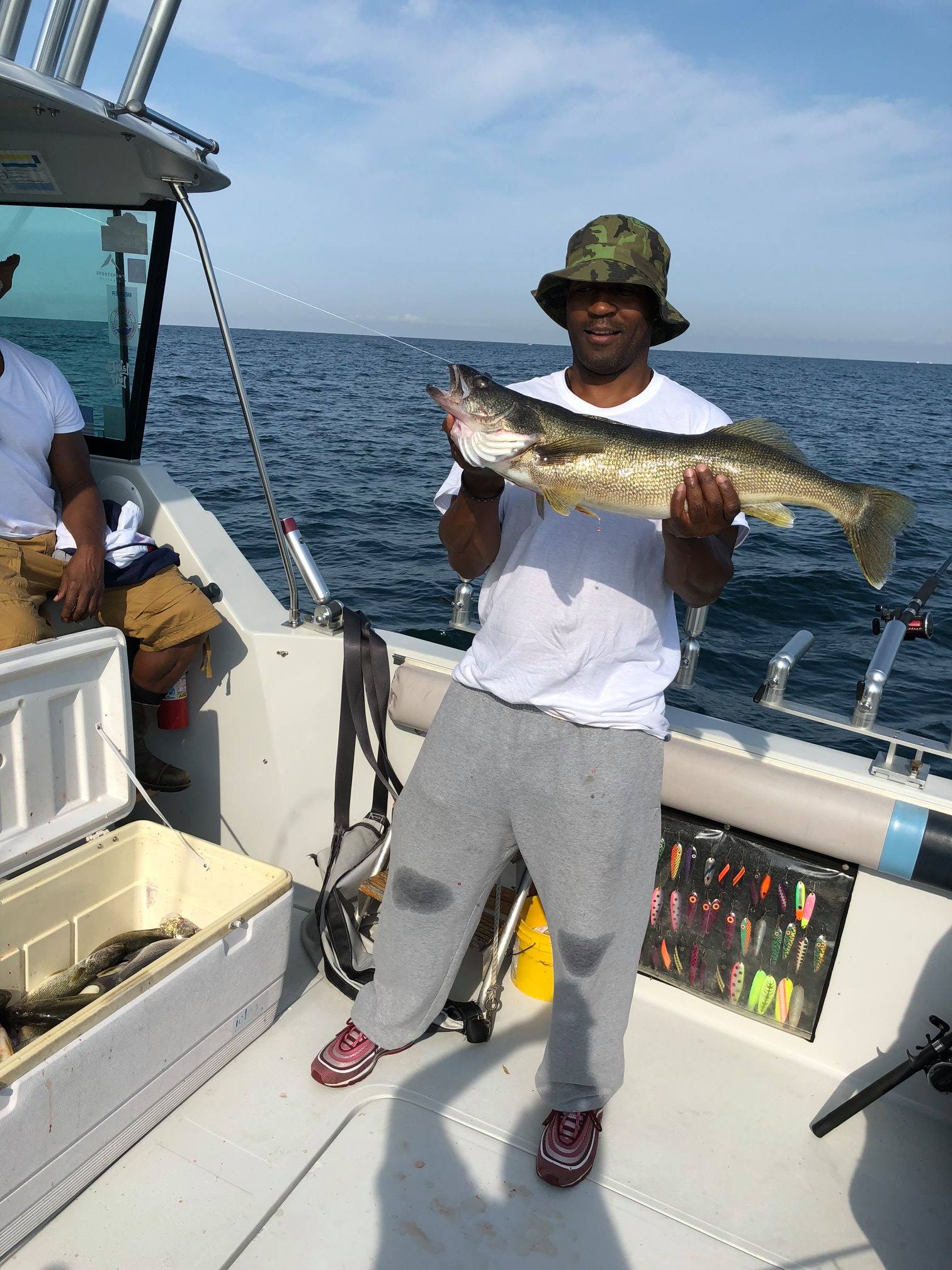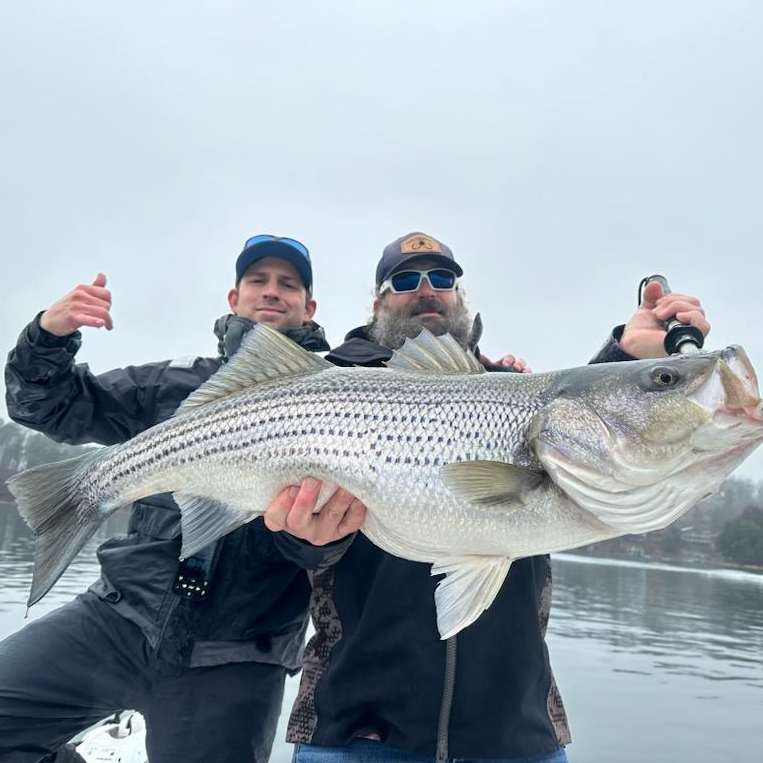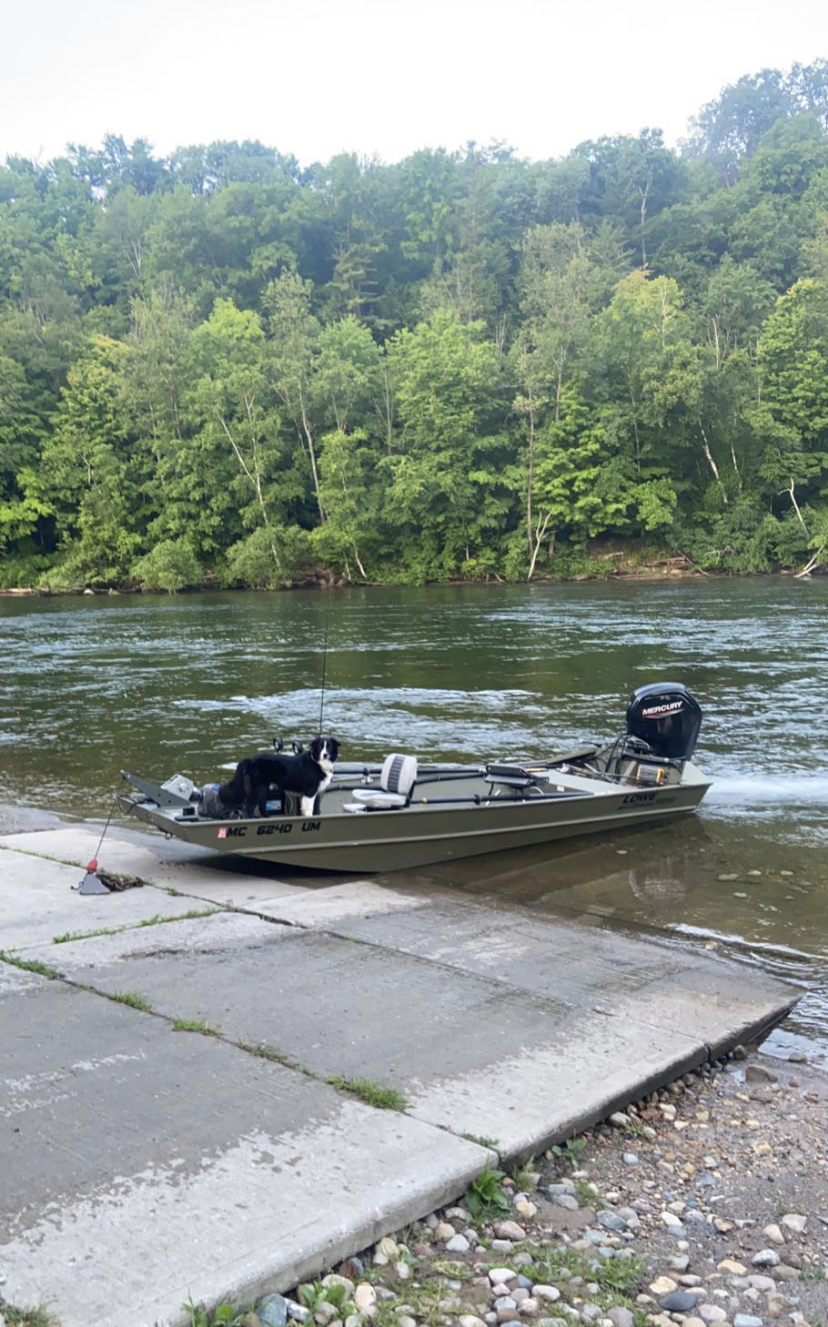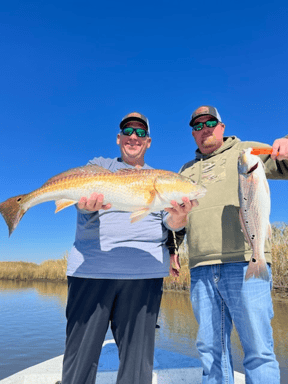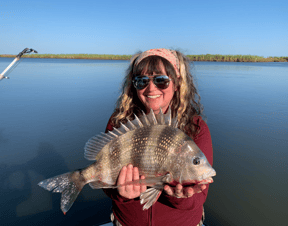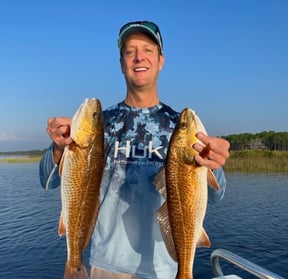River Fishing in Milton-Freewater
Columbia Basin Guided Trips
Lake Fishing in El Dorado Springs
Beaver Lake - Bass & Walleye
Bull Shoals - Bass & Walleye
Full Day On Lake Lanier
Rogers Arkansas Fishing Trips
Lake Fishing in Geneva-on-the-Lake
Walleye Trolling
Table Rock Lake /Branson Area Lakes
Lake Fishing in Fairport Harbor
Fairport Harbor Walleye Trip
Lake Lanier Fishing Trip
River, Lake Fishing in Stanwood
Ice Fishing Michigan
We started Captain Experiences to make it easy to book fishing and hunting guides around the world. With over 2,000 Damn Good Guides, our platform makes finding and booking a trip seamless. Head here to check out our trips.
What is Captain Experiences?
We’re on a mission to Unlock the Outdoors for everyone. With thousands of Damn Good Guides across the US and beyond, our platform makes booking quality, vetted guides quick and easy.
Check out our trips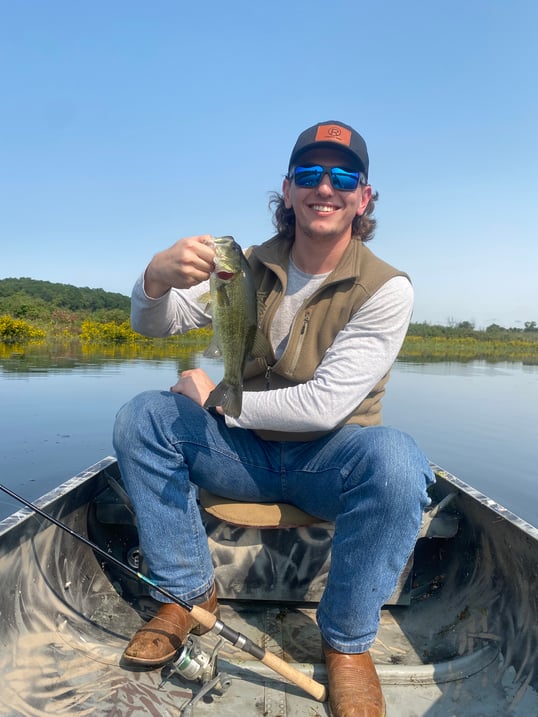
Picking Baits
Fishing Lures have evolved in the last 50 years to become more flashy, noisey, realistic, everything. The progressive of improvements to shape, coloration, sound, action, and consistency made by bait companies can now create hyper-realistic baits that should be more dialed in on getting a fish to bite. These latest and greatest baits are offered in a variety of styles that fit the taste of the angler. While these ornate lures may be appealing to anglers, isn’t it more important that the fish eat them? The days of mainstream wooden plugs are long gone but artisan bait makers are bringing on a wave of even greater lure variability.
Important Factors for Bait Selection
Lure Coloration
The importance of having the right color pattern on your lure depends on the fish. Each fish has different strengths when it comes to eyesight. Catfish typically can’t see very well but tarpon see everything. In addition, many fish are unable to see certain colors humans can with walleye being a prime example. Walleye can’t see the color blue which likely looks like varying shades of gray. While humans can see around a million different colors, tarpon are said to be able to see 100 million or more. While the quality of sight and ability to perceive colors varies for each fish, the environment can play just as big of a role.
Environmental conditions like water clarity, color, and depth change how fish see your bait. As light passes through water, colors get filtered out. If the water is murky or stained the colors of your bait will appear differnt or fade at greater depths. Lures that have bright colors like yellow, orange, and red, are great for shallow water where there is plenty of light. As the water gets deeper and therefore darker, colors like blue, green, and sometimes black can be seen more easily.
Lure Size
Picking the right size lure is tricky because predatory fish are opportunistic feeders, but to survive they also have to be picky. Throwing a bait that is too big can discourage bites for any number of reasons. The two most common explanations are that food is abundant meanwhile the fish doesn’t need to use the energy to catch a larger meal, or the bait looks unusual and isn’t worth the risk. Sizing down is typically an effective strategy because smaller baits are an easier meal. The only downside to smaller baits is they disturb less water and don’t have the same presence that can draw fish toward the bait. This presence can be influenced by things other than size which include the sound and action of the bait.
Lures today typically are offered in several different sizes and patterns. Which means you have the options to buy a large and small version of a lure which can allow you to adapt to smaller or more picky fish on the fly. However a handmade lure is either a one off bait or one of a very small batch which would be almost impossible to replace.
Lure Action
The action of a lure is how it moves while passing through the water. This movement is usually a combination of body roll, wobble, and flutter that gives the bait unique swimming characteristics on the retrieve or while trolling. Depending on how vigorous the action is of a bait will change how much water is disturbed which gives off vibrations that let fish know the lure is nearby without being able to see it. The addition of small rattles inside the bait can add extra sound vibration to the bait which helps draw fish in from a greater distance. This can be particularly helpful in water where visibility is limited. It’s clear that fish use vibration to locate and hunt prey but when it comes to lures too much noise can scare away fish and ultimately work against you.
When it comes to lure action, the commercially available lures consistently have good and repeatable action. For handmade baits, there is a possibility that the lure can be but most of the lure you can buy is done by well-established makers.
How Important is Lure Selection?
Conventional wisdom says picking a lure with the perfect color, pattern, size, and action for each fish is the best way to get a bite. However, one of the most popular bait makers has shown how little lure can matter. YouTuber Nate Marling also known as Marling Baits, has a video where he caught fish on a block of wood.
The proven steps to getting a bite are first finding the fish, then putting bait in front of them. Once that is accomplished, then lure selection comes into play. For most fish in most bodies of water, the commercially available baits will be effective. When targeting particularly fickle eaters like musky or heavily pressured fish, handmade baits can give you an edge. These baits are unique and create a presentation that fish are less likely to be skeptical of. Although handmade baits are less cost-effective than what can be bought at the local tackle shop, sometimes it's also just nice to have beautiful baits that are special to you.
Joey Butrus
Updated on June 21, 2023
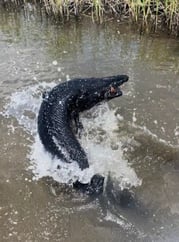
June 22, 2022

July 1, 2024
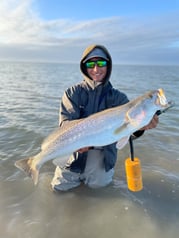
January 19, 2021

June 28, 2023

August 21, 2023
Related Articles
May 6, 2021
June 20, 2024
Featured Locations
- Fishing Charters Near Me
- Austin Fishing Guides
- Biloxi Fishing Charters
- Bradenton Fishing Charters
- Cabo San Lucas Fishing Charters
- Cancun Fishing Charters
- Cape Coral Fishing Charters
- Charleston Fishing Charters
- Clearwater Fishing Charters
- Corpus Christi Fishing Charters
- Crystal River Fishing Charters
- Dauphin Island Fishing Charters
- Daytona Beach Fishing Charters
- Destin Fishing Charters
- Fort Lauderdale Fishing Charters
- Fort Myers Fishing Charters
- Fort Walton Beach Fishing Charters
- Galveston Fishing Charters
- Gulf Shores Fishing Charters
- Hatteras Fishing Charters
- Hilton Head Fishing Charters
- Islamorada Fishing Charters
- Jacksonville Fishing Charters
- Jupiter Fishing Charters
- Key Largo Fishing Charters
- Key West Fishing Charters
- Kona Fishing Charters
- Lakeside Marblehead Fishing Charters
- Marathon Fishing Charters
- Marco Island Fishing Charters
- Miami Fishing Charters
- Montauk Fishing Charters
- Morehead City Fishing Charters
- Naples Fishing Charters
- New Orleans Fishing Charters
- New Smyrna Beach Fishing Charters
- Ocean City Fishing Charters
- Orange Beach Fishing Charters
- Panama City Beach Fishing Charters
- Pensacola Fishing Charters
- Pompano Beach Fishing Charters
- Port Aransas Fishing Charters
- Port Orange Fishing Charters
- Rockport Fishing Charters
- San Diego Fishing Charters
- San Juan Fishing Charters
- Sarasota Fishing Charters
- South Padre Island Fishing Charters
- St. Augustine Fishing Charters
- St. Petersburg Fishing Charters
- Tampa Fishing Charters
- Tarpon Springs Fishing Charters
- Venice Fishing Charters
- Virginia Beach Fishing Charters
- West Palm Beach Fishing Charters
- Wilmington Fishing Charters
- Wrightsville Beach Fishing Charters
